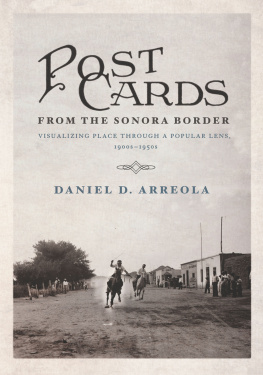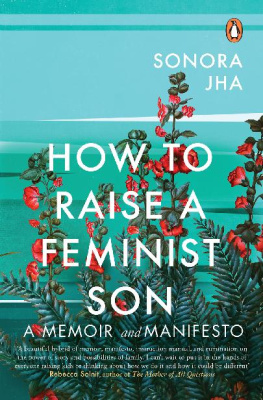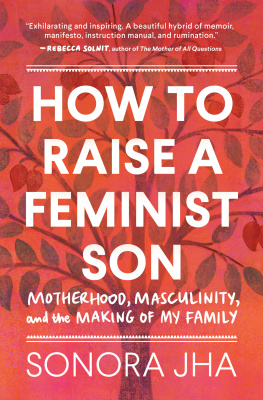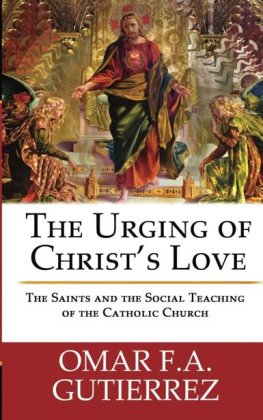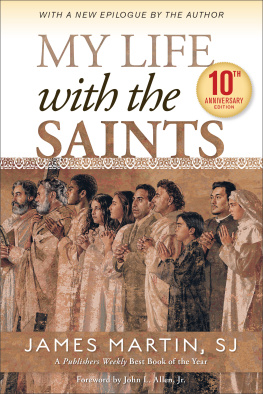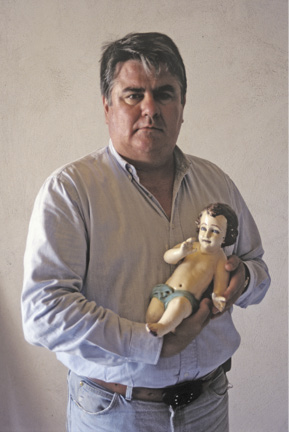James S. Griffith - Saints, Statues, and Stories: A Folklorist Looks at the Religious Art of Sonora
Here you can read online James S. Griffith - Saints, Statues, and Stories: A Folklorist Looks at the Religious Art of Sonora full text of the book (entire story) in english for free. Download pdf and epub, get meaning, cover and reviews about this ebook. year: 2019, publisher: University of Arizona Press, genre: Religion. Description of the work, (preface) as well as reviews are available. Best literature library LitArk.com created for fans of good reading and offers a wide selection of genres:
Romance novel
Science fiction
Adventure
Detective
Science
History
Home and family
Prose
Art
Politics
Computer
Non-fiction
Religion
Business
Children
Humor
Choose a favorite category and find really read worthwhile books. Enjoy immersion in the world of imagination, feel the emotions of the characters or learn something new for yourself, make an fascinating discovery.
- Book:Saints, Statues, and Stories: A Folklorist Looks at the Religious Art of Sonora
- Author:
- Publisher:University of Arizona Press
- Genre:
- Year:2019
- Rating:4 / 5
- Favourites:Add to favourites
- Your mark:
Saints, Statues, and Stories: A Folklorist Looks at the Religious Art of Sonora: summary, description and annotation
We offer to read an annotation, description, summary or preface (depends on what the author of the book "Saints, Statues, and Stories: A Folklorist Looks at the Religious Art of Sonora" wrote himself). If you haven't found the necessary information about the book — write in the comments, we will try to find it.
. . . we move to the town of Aconchi on the Ro Sonora, where the mission church once contained a life-sized crucifix with a black corpus, known both as Nuestro Seor de Esquipulas . . . and El Cristo Negro de Aconchi . . .
So describes well-known and beloved folklorist James S. Griffith as he takes us back through the decades to a town in northern Sonora where a statue is savedand in so doing, a community is saved as well.
In Saints, Statues, and Stories Griffith shares stories of nearly sixty years of traveling through Sonora. As we have come to expect through these journeys, Big Jimas he is affectionately known by manyoffers nothing less than the living traditions of Catholic communities. Themes of saints as agents of protection or community action are common throughout Sonora: a saint coming out of the church to protect the village, a statue having a say in where it resides and paying social calls to other communities, or a beloved image rescued from destruction and then revered on a private altar. A patron saint saves a village from outside attackers in one storya story that has at least ten parallels in Sonoras former mission communities. Details may vary, but the general narrative remains the same: when hostile nonbelievers attack the village, the patron saint of the church foils them.
Griffith uncovers the meanings behind the devotional uses of religious art from a variety of perspectivesfrom artist to audience, preservationist to community member. The religious artworks transcend art objects, Griffith believes, and function as ways of communicating between this world and the next. Setting the stage with a brief geography, Griffith introduces us to roadside shrines, artists, fiestas, saints, and miracles. Full-color images add to the pleasure of this delightful journey through the churches and towns of Sonora.
James S. Griffith: author's other books
Who wrote Saints, Statues, and Stories: A Folklorist Looks at the Religious Art of Sonora? Find out the surname, the name of the author of the book and a list of all author's works by series.


